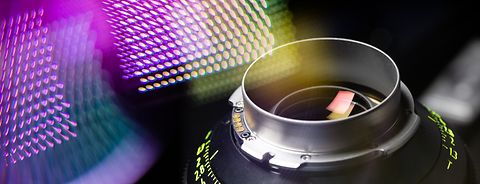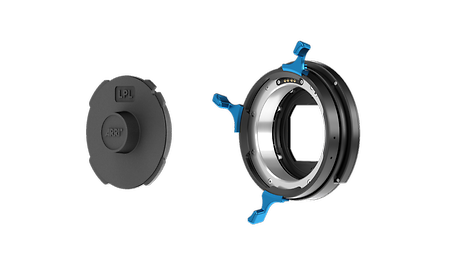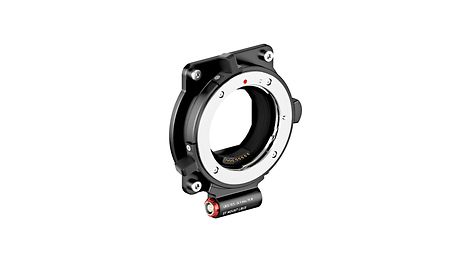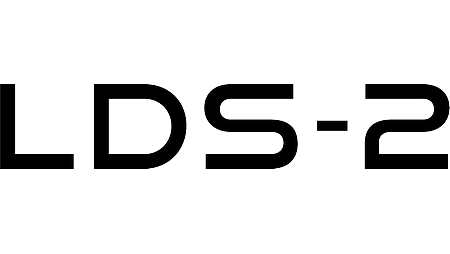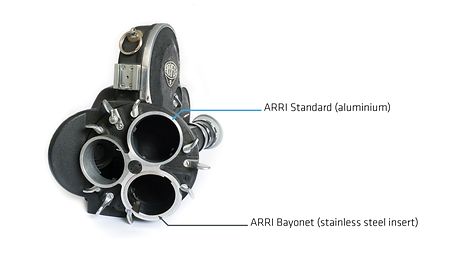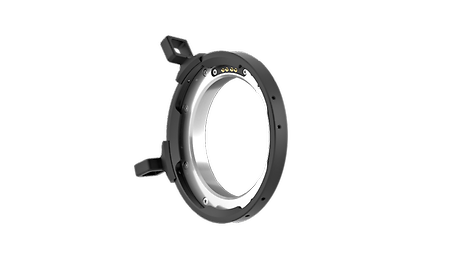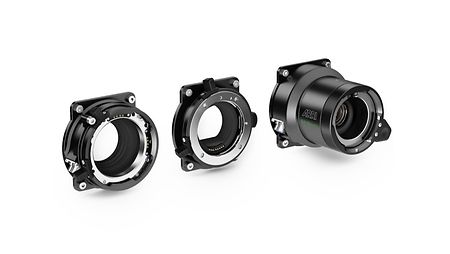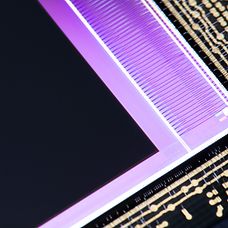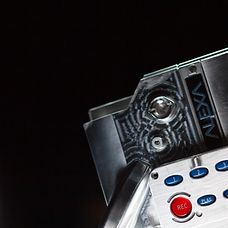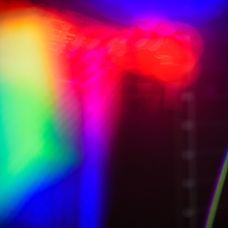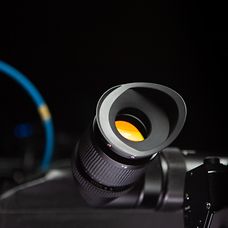Entering New Dimensions
In comparison to the PL mount, The LPL mount has a wider diameter (62 mm vs. 54 mm) and a shorter flange focal distance (44 mm vs. 52 mm).
Unlike 35 mm film, digital sensors come in all different shapes and sizes, and the wider diameter of the LPL mount covers them all, from ALEXA 65 to ALEXA Mini. This gives additional degrees of freedom for the optical design and helps to avoid disturbing effects:
• A small lens mount diameter would naturally lead to low-level corner illumination due to vignetting. Also, light would reach the corners of the sensor at steep angles, something that must be avoided when working with digital image sensors. Those mostly are more sensitive when perpendicularly illuminated. Furthermore, digital cameras usually incorporate a filter package in front of the sensor, which contains an optical low-pass filter as well as spectral filters. Focused light passes the filter package before getting to the sensor. Even if these filters are perfectly made, plane parallel glass plates, placed in the beam of focused light, must be considered during optical design. The influence of these parallel plates becomes even more severe when penetrated at steep angles.
• To guarantee the highest performance across the image even when used with different cameras and filter packages, light should strike the sensor nearly perpendicular. This is called telecentric. A lens containing a rear element that is smaller than the sensor cannot fulfill this requirement. Depending on the layout of the single image sensor pixels, light striking at steep angles may be detected partially only by the sensor or lead to so called crosstalk when absorbed and converted opto-electronically by a neighboring pixel. These effects are avoided by using telecentric optical designs.
• Reduced flange focal distance gives additional degrees of freedom for lens design that can be used for reducing aberrations like distortion, spherical aberration, field curvature or chromatic aberrations while enabling high speed lenses (low T-stop-number). The reduction of weight is also easier to achieve since space for a mechanical shutter does not need to be provided any more. All these features are provided with the LPL mount.
In summary, the new dimensions of the LPL mount can accommodate all currently common digital sensor sizes and allow for the design of smaller, lighter, and faster lenses with enhanced imaging quality properties. Rather than purchasing a lens with a specific lens mount intended for use with a specific camera, any lens can be used on any camera with an industry wide standardized mount, regardless of image size or resolution.
